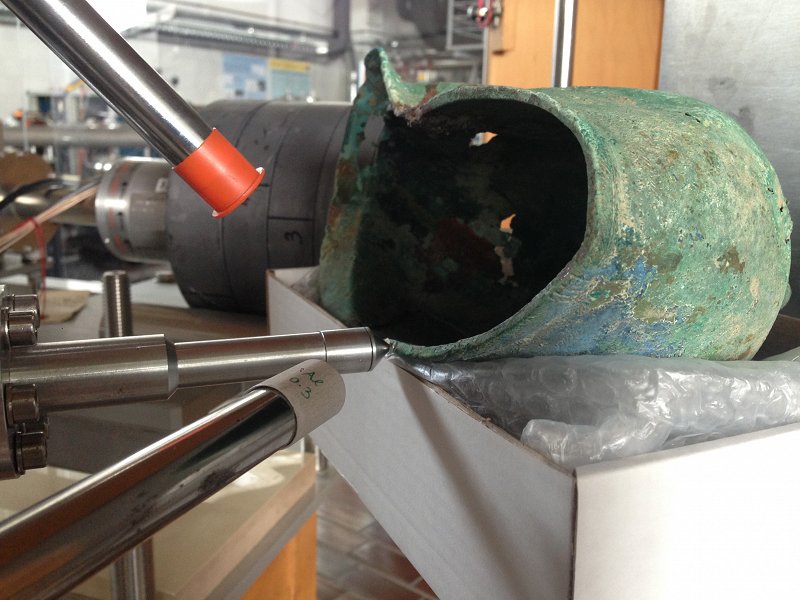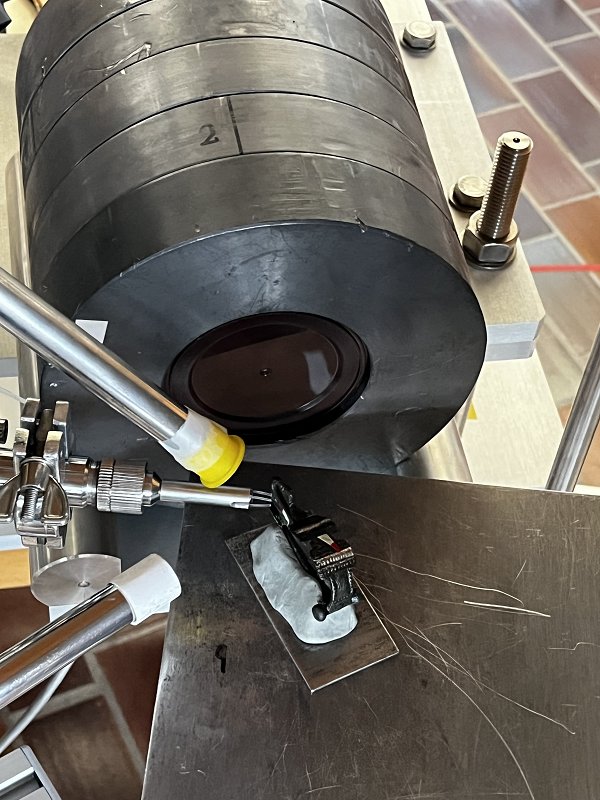E-RIHS

E-RIHS (European Research Infrastructure for Heritage Science) is a European research infrastructure supported by the European Strategy Forum on Research Infrastructures (ESFRI). Currently, E-RIHS is in the implementation phase, in which it is preparing for the operation of the E-RIHS infrastructure at the European level. The establishment of E-RIHS ERIC (European Research Infrastructure Consortium) is planned for autumn 2023.
Currently, the national hub or consortium E-RIHS.si, which was founded by the Institute for the Protection of Cultural Heritage of Slovenia (ZVKDS) and the University of Ljubljana (UL), is already operational. By signing of the Annexes to the E-RIHS Consortium Agreement, the following institutions also joined the consortium: Jožef Stefan Institute (JSI), National Institute of Chemistry (NIC), National and University Library (NUK), University of Maribor (UM), University of Primorska (UPr) and Slovenian National Building And Civil Engineering Institute (ZAG).
The goal of E-RIHS is to provide access to research infrastructure, i.e. research equipment, expertise, methodologies and training to various researchers in the field of heritage science. These may come from either the humanities, such as archaeology, history or art history, conservation-restoration or natural sciences. Since heritage science is a distinctly interdisciplinary field, connecting different institutions into consortia is all the more important. Establishment of a consortium also provides access to research laboratories and equipment to institutions that traditionally do not have such equipment at hand (e.g. museums, galleries and archives).
The national hub E-RIHS.si, which also includes the JSI, has a dual role. It functions as an independent infrastructure that already provides access to Slovenian researchers or users, and also acts as a link between Slovenian research institutions and the European consortium E-RIHS ERIC.
The Department of low and medium energy physics of JSI has extensive experience in research into objects of movable cultural heritage. The research is executed within formal and informal collaboration with the institutions at home and abroad. Employing PIXE/PIGE analyses, which are carried out on the Tandetron tandem accelerator, we have so far investigated many archaeological and historical materials, such as e.g. glass and ceramics, (semi)precious stones, metals and metallic pigments.

